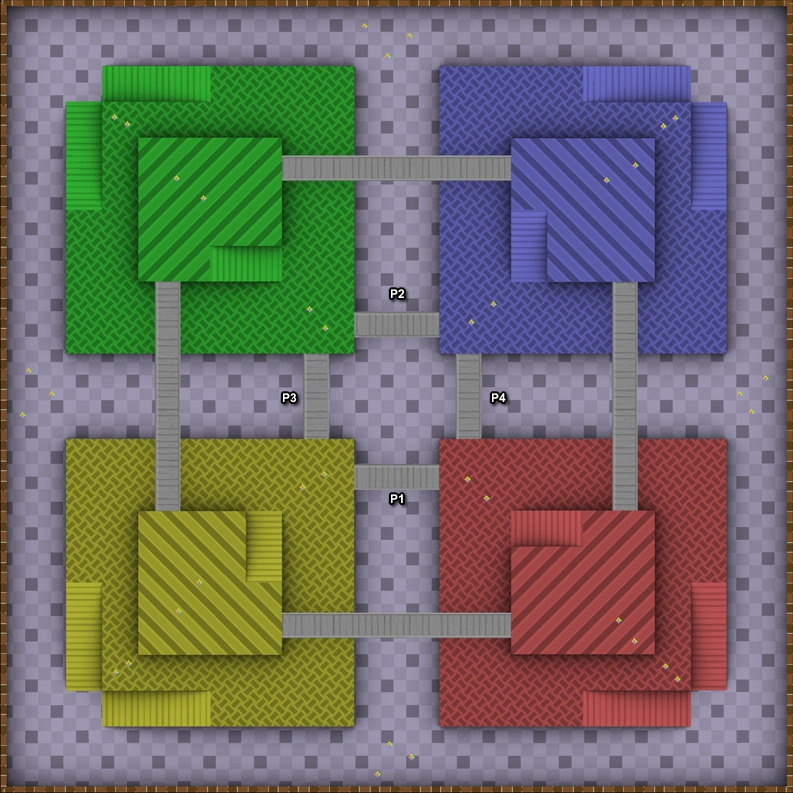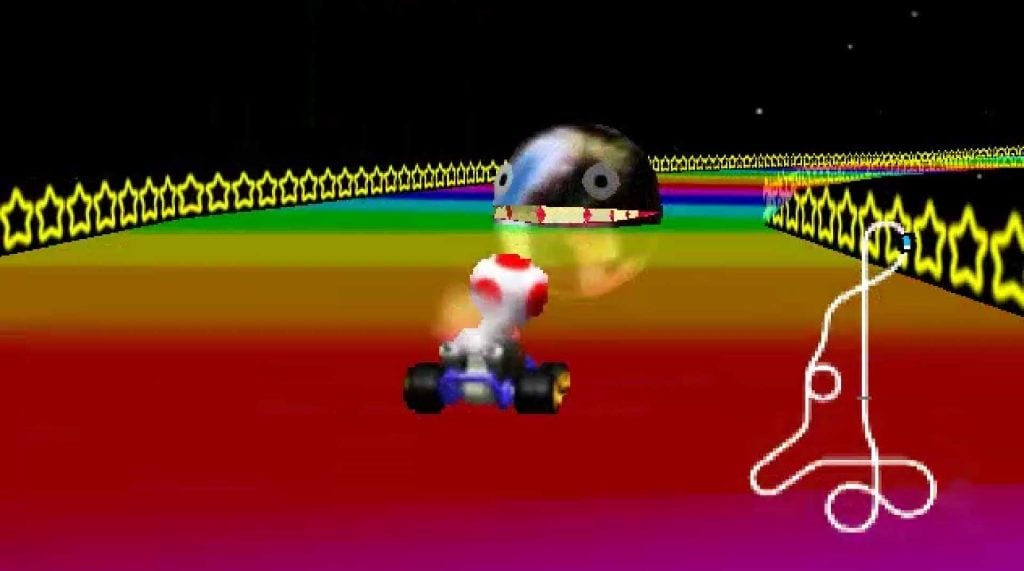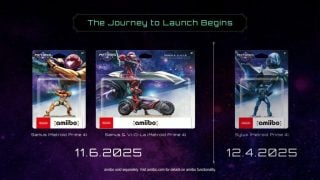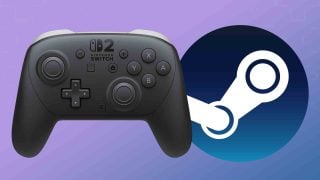During the heyday of the fourth console generation, Nintendo created one of the most pivotal games ever with Super Mario Kart. Practically inventing a sub-genre overnight, this unsung kart racer would see some imitators in its infancy, but its true impact wouldn’t be felt until the following generation. Thanks to the unique design of the N64, which allowed for four controllers to be plugged in simultaneously, Nintendo ushered in a new era of couch multiplayer and iterated on its previous stab at the kart racer. As most people will know, this game became Mario Kart 64 and it’s possibly the most influential racing game of all-time, simulation or not.
Mario Kart 64 wasn’t a new idea in the slightest, but Nintendo did what Nintendo does best by expanding an existing concept with new innovations offered by more powerful hardware. Thanks to the N64 offering true 3D rendering, we were given larger and more detailed tracks with an emphasis on careful item placement and more advanced AI. We also saw the introduction of a massively expanded multiplayer mode that not only allowed for four player races, but four player battles. That last part is key as the ultimate legacy of Mario Kart 64 isn’t with its standard grand prix, but its ability to bring friends together to duke it out.

I spent many a night in my childhood going to friends’ houses and attempting to knock them off the skyscraper in the aptly named stage “Skyscraper.” Pushing a friend into the fiery center of “Big Donut” was another delight. Trying to outmaneuver errant shells in “Double Deck” was a blast, especially when one friend had already been eliminated and was running rampant as a Bob-omb.
Where the real joy was found has to be “Block Fort,” however. Possibly the most iconic stage in the entire Mario Kart series, Block Fort is an incredibly simple design that offers so much versatility with regards to combat. The differing heights can see players literally falling out of the sky to nail their opponents with shells, but the ramps leading up to each floor can become extra precarious due to careful banana placement. The bridges extending between each of the four forts also ensures that someone with the high ground isn’t safe from counterattack, while also making the level feel incredibly dynamic for players on the ground floor. It’s a masterful bit of design that maybe doesn’t have a flashy theme, but puts playability front and center.

Mario Kart 64 – Block Fort Map | Source: Nintendo Fandom
Even if you weren’t a fan of smashing your friends’ faces in, Mario Kart 64 was the first time many got the chance to experience multiplayer with more than a single other person. Nintendo struck gold during the fifth console generation by placing two more controller ports on its console. The N64 maybe couldn’t compete with the more “mature” PS1 and its ludicrously large CD capacity, but you didn’t need more than extra controllers to get everyone involved. It’s far easier to get your parents playing with you when the only requirement is they pick up a controller and plug it in. That ease of use ensured that players everywhere could play Mario Kart 64 to its fullest potential whenever they wanted.
If you were a solo player though, Mario Kart 64 still had a lot to offer. Featuring one of the strongest course lists in the series, each track here is classic. “Toad’s Turnpike” has practically become a mainstay in newer games and the glorious “D.K.’s Jungle Parkway” put the sheer spectacle of 3D in everyone’s faces. The atmosphere of “Choco Mountain” and “Frappe Snowland” made the game feel as if the possibilities were endless, but we all know the true crowning jewel here. Mario Kart 64’s “Rainbow Road” has gone on to become legendary in its own right, maybe because of memes more than anything. The track is still the single longest race in all of the series and while it did return in Mario Kart 8, it was changed to a luge course instead of having three massive laps. That’s a shame as a race taking 10 minutes as the final course truly felt like climbing Mount Everest back in the day.

Enough has been said about Mario Kart 64 over the years that I don’t really need to go on further. Without this game, it’s possible that Nintendo would have never had an anchor game for each of its different platforms. While not always the number one best seller for a particular generation, each new Mario Kart finds its way into the top five for most sold titles on a particular Nintendo console. On the DS, Mario Kart DS ranked number 3. On Wii, Mario Kart Wii was number 2. On 3DS, Wii U, and Switch, Mario Kart 7 and 8 are number 1. None of that would have been possible if the seeds of nostalgia weren’t cultivated a quarter century ago on the N64.
While I personally feel the series has only gotten better since its N64 installment, one cannot deny the importance that Mario Kart 64 holds. Here’s to a happy 28th anniversary for the game that sparked joy in an entire generation of kids.
Leave a Comment


